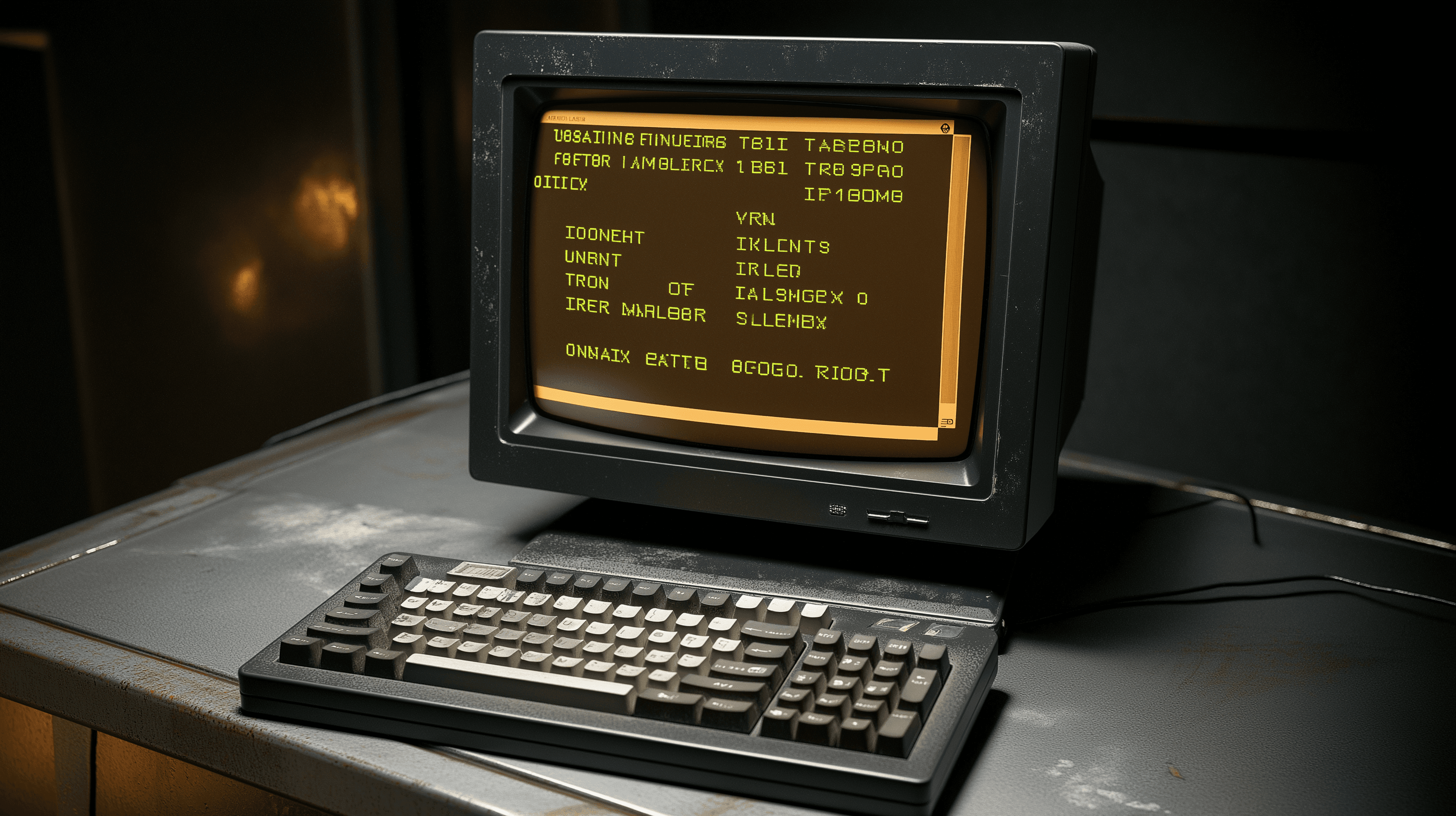
Everyone's buying AI coding tools expecting magic. GitHub Copilot promises 55% faster development but often delivers 19% slower results. The tools aren't broken. Your approach is.
The AI Tool Gold Rush is Missing the Point
Every founder and engineering leader right now is obsessing over the same question: which AI tools will make my team ship faster?
The options are endless. GitHub Copilot. Cursor. Tabnine. CodeWhisperer. New ones launch every week.
Companies are dropping $19-39 per developer per month on these tools, expecting instant productivity miracles. The sales pitches sound amazing: 55% faster development, 88% of developers feeling more productive, code quality improvements across the board.
But here's the uncomfortable truth nobody mentions: a 2025 study of experienced developers found that when using AI tools, they actually took 19% longer to complete tasks than without AI. Not faster. Slower.
This isn't some weird outlier. When teams implement AI tools, 39% see only small improvements, 21% report no change or even a slowdown, and only 6% see those dramatic gains everyone promises.
The tools aren't broken. The approach is.
What the Real Data Shows About AI Coding Tools
Let's cut through the marketing noise and look at what's actually happening:
The Good News
GitHub Copilot now writes about 46% of code for the average user, reaching 61% in Java projects, with 88% of AI-generated code staying in the final version. That's genuinely substantial.
Developers report completing tasks faster when using GitHub Copilot, especially repetitive ones, with 73% staying in flow state and 87% preserving mental effort during boring tasks.
At Accenture, 67% of developers used Copilot at least 5 days per week, with 81.4% installing it the same day they received a license. People genuinely want to use these tools.
The Reality Check
The productivity gains are wildly inconsistent. Here's why:
Companies only see 25% to 30% productivity boosts when they pair AI tools with complete process overhauls. Basic code assistants alone deliver maybe 10% gains.
You can't automate your way out of broken workflows.
The pattern is brutal: AI tools amplify whatever's already there. In well-run organizations, AI boosts efficiency. In dysfunctional ones, it just highlights how broken everything is.
Why Most Teams Get This Wrong
Here's the playbook at most companies:
Buy GitHub Copilot licenses. Tell developers to use them. Wait for productivity gains. Wonder why nothing changed.
The tool isn't the problem. The approach is completely backwards.
Training and Adaptation Reality
AI tools require actual training and time to adapt. People resist when the technology feels clunky or disrupts workflows they've spent years perfecting.
Microsoft research shows it takes 11 weeks for users to fully realize productivity gains from AI tools. But how many companies give their teams 11 weeks to adapt? Most expect results in 11 days.
Measurement Theater
Companies obsess over acceptance rates and lines of code generated. But here's the kicker: experienced developers estimated they were 20% faster when using AI, but actual measurements showed they were 19% slower.
Self-reported productivity is completely unreliable. And lines of code? That's measuring the wrong thing entirely.

Context Switching Overhead
AI tools create new cognitive load. You have to review suggestions, reject bad ones, fix hallucinations. Junior developers see bigger productivity gains because they accept more suggestions, but experienced developers often find the overhead slows them down.
When you already know what you're building, stopping to evaluate AI suggestions can break your flow more than it helps.
The Real Productivity Bottleneck Nobody Talks About
You've bought the tools. Your team is using them. But you still can't answer basic questions:
What did we ship this week? Who's blocked and why? Are we on track for this sprint?
The problem isn't code generation. It's that your team spends more time documenting work than actually doing it.
With generative AI, it often takes longer to find and update the right ticket than it does to write the actual code.
A well-tuned coding assistant might save you 2-4 hours per week. But developers spend 5-10 hours per week on status updates, standups, and progress reporting.
You're optimizing the wrong bottleneck.
How to Actually Get ROI from AI Tools
If you're going to spend money on AI tools, here's how to not waste it:
Start with outcomes, not tools
What problem are you actually solving? Faster coding? Better quality? Less context switching? Pick one and focus.
Measure what matters
Track cycle time, deployment frequency, code quality through churn rates, and developer satisfaction. Ignore vanity metrics like acceptance rates.
Give it time
It takes 11 weeks for users to fully realize productivity gains. Most companies bail after 3 weeks.
Pair AI with process improvement
Companies seeing 25-30% productivity boosts are pairing AI with complete process overhauls. The tool alone won't save you.
Focus on reducing friction
AI should make work easier, not create new overhead. If your team spends more time managing AI suggestions than coding, you're doing it wrong.

The Missing Layer in Your AI Stack
You have code generation covered. You have testing tools. You have project management software.
But you're still flying blind on what your team actually ships.
The gap isn't more AI coding tools. It's intelligent visibility into the work that's already happening.
Shipping great products requires engineers who can focus on building, leaders who can see what's being built, and teams that aren't drowning in status theater.
AI coding tools solve the first problem sometimes. Nothing solves the second and third.
Tools like One Horizon are the missing layer. Your AI coding assistant helps write code faster. One Horizon helps you understand what got built, without pulling engineers away from building.

Engineering teams need to ship products, leaders need visibility, and nobody wants to spend their day writing status updates.
Stop Buying Tools. Start Building Systems.
The AI tool gold rush will continue. New coding assistants will launch weekly. Each one promising to revolutionize development.
But here's what won't change: engineering teams need to ship products, leaders need visibility, and nobody wants to spend their day writing status updates.
McKinsey research sizes the long-term AI opportunity at $4.4 trillion in productivity growth potential. That opportunity is real.
But capturing it requires more than buying tools. It requires building systems where work gets documented automatically, progress stays visible without meetings, engineers focus on building instead of reporting, and leaders see outcomes instead of activity metrics.
The companies winning with AI aren't the ones with the best tools. They're the ones who've figured out how to make their existing work visible and valuable.
Sources and Further Reading:
- METR Study: Measuring the Impact of Early-2025 AI on Experienced Open-Source Developer Productivity
- Bain & Company: From Pilots to Payoff - Generative AI in Software Development
- Google Cloud: How Developers are Using AI - 2025 DORA Report
- GitHub: Research on Copilot's Impact on Developer Productivity and Happiness
- GitHub: Quantifying Copilot's Impact in Enterprise with Accenture
- McKinsey: AI in the Workplace Report 2025
- Techopedia: AI in Engineering - Top Use Cases & Productivity Impact
- Penn Wharton: The Projected Impact of Generative AI on Future Productivity Growth
- ZoomInfo: Experience with GitHub Copilot for Developer Productivity
- Opsera: GitHub Copilot Adoption Trends - Insights from Real Data



